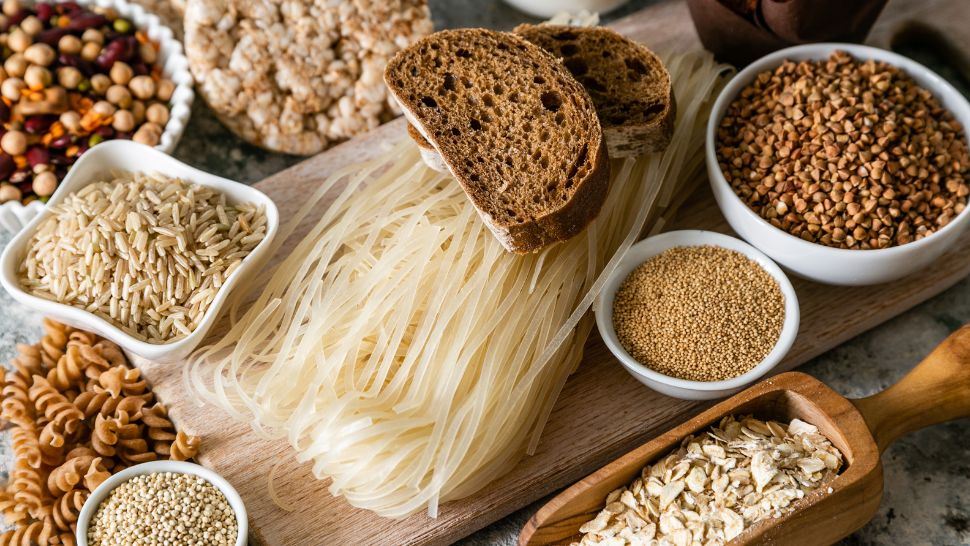
It’s estimated that one in 100 people are affected by celiac disease, an autoimmune disorder in which a person cannot tolerate gluten, a protein found in wheat, barley, and rye. An additional six percent of Americans are said to have non-celiac gluten sensitivity. Those with either condition can experience digestive problems, skin concerns, achiness, and headaches, among other symptoms.
Following a gluten-free diet may seem overwhelming, but there are plenty of naturally gluten-free foods that contribute to a healthy diet. Also, one of the many benefits of greater awareness of celiac disease in recent years is the development of many new gluten-free products — food like breads, pizza, pasta, and much more. Whether you can’t tolerate gluten or are preparing food for (or dining with) someone that can’t, keep the following in mind for a happy and healthy meal together.
- Know where gluten is found. Yes, it’s in the obvious places like bread and pasta, but it’s also hiding in many packaged foods and sauces like soy sauce and pre-made seasonings. For a quick go-to guide, go here.
- Learn how cross contact happens. Cross contact is when foods come in contact with each other. Even the smallest crumb can cause a reaction in someone with celiac disease. So, keep prep, cooking, and serving areas clean. Shared cooking equipment like pizza ovens or toasters and condiments like butter and jam are areas where cross contact often occurs. When eating in Bon Appétit cafés, respect dedicated “avoiding gluten” areas and don’t toast your regular bagel in the gluten-free toaster or use the same knife to double dip in the peanut butter.
- Choose naturally gluten-free foods. Fruits, vegetables, fish, poultry, eggs, dairy, beans, lentils, nuts, and seeds are all naturally gluten-free options to fill your plate in a healthy way. Also, grains like quinoa, rice, and buckwheat don’t contain gluten and can add beneficial nutrients to your diet without the side effects of gluten.
- Get creative. Instead of reaching for processed gluten-free options, try new recipes like cauliflower crust pizza, zucchini noodles, or black bean brownies. You won’t miss the gluten one bit.
- Respect the needs of those following the diet. If your friend or family member can’t eat gluten and requests to dine at a restaurant in which they feel they can safely eat or has a special request when they eat in your home, understand that it may be out of medical necessity.
To learn more about celiac disease and how to best avoid gluten when eating in Bon Appétit cafés, read more here.